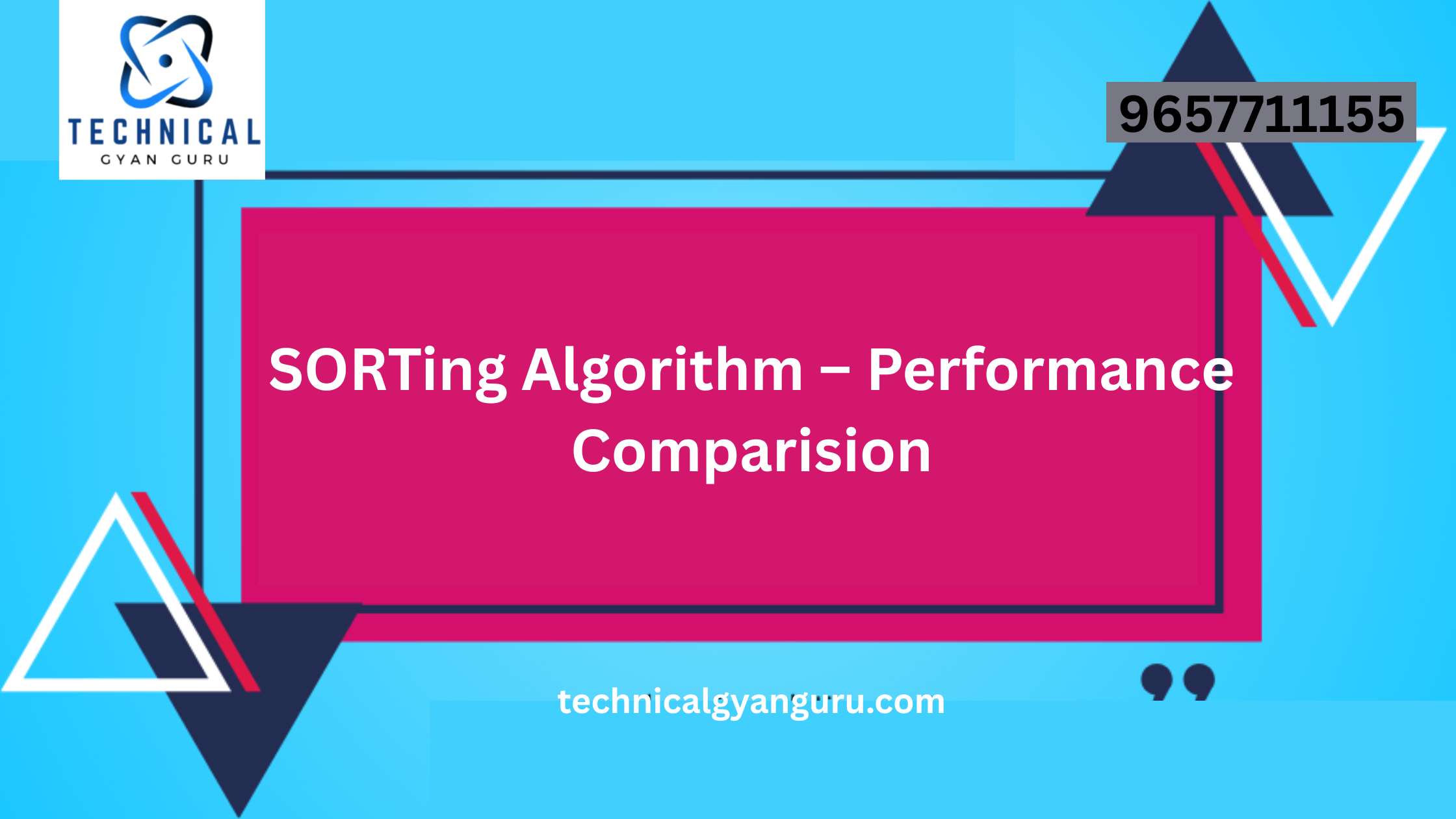Data Analytics: In the ever-evolving world of e-commerce, success hinges on the ability to provide customers with a seamless and personalized shopping experience. With the rapid emergence of big data analytics technology, customer journey data analytics is considered a game-changer to empower e-commerce businesses in various aspects, to make real-time informed decisions by conerting data into actionable insights. This blog will explore how data analytics transforms e-commerce operations to enhance the customer journey.
In today’s modern world, there is rising customer expectation for an enhanced e-commerce experience, from a wide range of products at competitive prices to convenience in product discovery, checkout, payment, and delivery. Here are the three key challenges modern e-commerce businesses face with examples of how they can use data analytics for customer experience to tackle these challenges.
-
Meeting Customer Expectations on Hyper-Personalization
Hyper-personalization is the key to loyal customers and greater revenue for e-commerce businesses. Twilio Segment report shows that almost 50% of consumers are likely to repeat a purchase after a personalized shopping experience). Moreover, BCG research has proven that businesses with advanced personalization capabilities gain, on average, four times more revenue compared to those with less advanced capabilities.
Not only do customers expect to be able to find the product they are looking for quickly and easily (product discovery), but they also expect to receive personalized product recommendations based on their browsing history, purchase history, user preferences, and demographics (product recommendation). These tailored experiences are also expected to be consistent across omnichannel – multiple channels and devices (website, mobile, and social).
To improve personalized product discovery and recommendation, generative AI-based product recommendation is implemented to assist online shoppers and enhance their customer experience. For instance, Albert Heijn, the largest supermarket chain in the Netherlands, has recently launched a new generative AI feature called “Recipe Scanner” in its mobile app, which allows users to easily scan the recipe by taking a photo of the recipe and then have all the ingredients translated into Albert Heijn products. Later, these items are automatically added to the user’s shopping cart and the cart overview immediately appears for review, so the user can adjust the quantity based on the number of people eating. Instead of searching through many product categories, the shopping experience is now easier than ever with just a few touch points.

Another example is L’Oreal that provides personalized skincare and makeup recommendations to customers based on their skin type, preference, and trend via a virtual advisor powered by generative AI. The Maybelline Shade Finder app combines mobile device technology, algorithms, and data with advice from a beauty advisor to recommend a foundation shade that is a perfect match for the consumer’s complexion. The customer experience is further elevated by the virtual try-on feature with the support of augmented reality (AR) technology.
-
Keeping Up with the Latest Trends
The challenge for e-commerce lies in the perpetual race to adapt to evolving trends and shifting consumer behaviors to stay relevant and competitive. Real-time insight into customer feedback allows businesses to rapidly respond to emerging issues, improve customer service, assess the marketing campaign’s success, and detect upcoming trends.
To address this challenge, automated sentiment analysis in combination with natural language processing (NLP) is primarily utilized to study customer feedback, monitor social media, and conduct trendspotting. Thousands of reviews, comments, and feedback about products or services are generated every day across multiple platforms which requires an automated process to convert and translate unstructured data (text and images) into sentiment expression (positive, negative, or neutral) so that businesses can assess a brand’s reputation, conducting product analysis, personalizing marketing campaigns, and ultimately improving customer experience. This technology has been widely used by many companies such as Amazon, T-Mobile, Ford, Airbnb, Google, Apple, Spotify, etc. For example, L’Oreal launched the “TrendSpotter” program to analyze data from more than 3500 online sources to spot emerging trends at least 6 to 18 months before they become mainstream.
-
Efficiently Managing Inventory Level and Fulfilment Process
According to Forbes, 90% of consumers expect 2-3 days shipping as the standard and 32% of global shoppers abandon their carts if the estimated shipping time is longer than expected. Same-day delivery and swift shopping options are becoming more important as consumers continue to expect fast and convenient delivery. When customers expect to receive their orders quickly and accurately, efficient inventory management and fulfilment processes become increasingly crucial to the business’s success. In this case, the data can be used to analyze historical sales data, customer demographics, and purchasing frequency to provide better insights into what products are popular, when they are most popular, and who is buying them. Businesses can leverage this information to make more accurate and responsive decisions in forecasting, inventory control, production planning, and delivery optimization to cope with the volatility of the market and the changes in customer behavior.
Several data analytics for customer experience can be used, such as real-time inventory management to provide real-time visibility across all channels and prevent stock out. Alternatively, businesses can leverage AI-models that can simulate different supply chain scenarios for demand forecasting, order fulfilment, and even the environmental impact of various packaging and distribution options.
One of the pioneers of data-driven transformations is Starbucks, which successfully uses predictive analytics and advanced machine learning algorithms to forecast sales and demand for their products. Deep Brew is their successful AI-driven platform in which a wide range of data points such as historical sales data, customer behavior, marketing campaigns, local events, seasonality, store locations and even real-time temperature are processed to predict the future demand and sales trends. Real-time traffic data and weather conditions are also incorporated into the AI model to help optimize the delivery routing to deliver products to stores and minimize the carbon footprint. By planning and controlling the inventory level of each store considering its unique characteristics, Starbucks ultimately improves the efficiency of the entire supply chain. The immediate effect can be seen as the company reported 6% same-store sales growth in the US and spectacular growth of nearly 18 million memberships in the same year as Deep Brew launched.
Conclusion
It is undeniable that customer journey data analytics have revolutionized how e-commerce businesses operate. However, the opportunities also come with potential challenges associated with collecting and analyzing customer data such as data privacy, data quality, algorithmic biases, and AI-related regulations. As organizations continue to harness the insights and capabilities offered by data analytics for customer experience, a conscientious approach to safeguarding user privacy and ethical use of data will be a pivotal focus of the business.







